
Aavik U-280 Unity Amplifier with DAC
$26,000.00
-
Free Shipping
-
DAC and amp united – Huge dynamic headroom
The Aavik U-280 Unity amplifier is processing the digital signal to an almost limitless soundstage and with plenty of power ressources. The music is presented on a huge black background.
Technologies and Components
The uncompromising integration.
With the Aavik U-series we have combined a integrated amplifier and a DAC into one module. By doing so, we have successfully responded to the demands of the high-end audio lovers who want to minimize the space that is required for separate audio components but making no compromise on the ultimate quality of high-end music reproduction.
Scandinavian design with an international twist
The Aavik design is Scandinavian understatement and expresses simplicity and minimalism featuring only a few buttons for logical operation. The multifunctional main knob allows to navigate and control the various functions. We have boosted the self-confidence with a huge red display, which makes it easy to read all details of the selected operational settings.
A cabinet with excellent sonic qualities
The cabinet design represents a Aavik characteristic. The testing of new circuits and electronic components is often done without the enclosing cabinet. The disturbing sonic influence, which emanates from the material the cabinet is made of – mostly aluminium – results from its mechanical resonance. To eliminate this sonic distortion, the challenge was to minimize the use of aluminium in the cabinet to the absolute minimum that is unavoidable to ensure sufficient cooling. We began testing various materials and designed an innovative natural-based composite material, which reduces the mechanical influence, particularly the hysteresis. The sonic result is distinctly audible and reflects a further prominent cornerstone in Aavik’s quest for the ultimate music experience.
Shaping
Built like an instrument.
Our untiring endeavour to unlock further untapped sonic potentials to advance the quality of the listener’s musical experience, prompted us to look into the design and construction of musical instruments – both in terms of shape, as well as choice of material. A combination of the natural-based composite material, the contours and the ratio of the sizes can impact and define the tone. Too much damping kills the dynamics, whereas metallic resonances generate a bright and peaky sound – Aavik’s engineered enclosure offers the best of both worlds: an authentic sound that is warm, harmonious, and powerful, yet, at the same time, so crisp and refined that it highlights every single detail in the music.
Aavik UMAC™ amplifier
Unmatched audio control.
At Aavik we utilize the patented UMAC™ amplifier technology. This technology was developed to avoid the design flaws of traditional switching amplifiers. UMAC technology primarily targets two areas of modulated amplifier design. Firstly, the PWM* generation is produced with sine wave modulation rather than the more common triangle modulation. The benefit is that sine waves create far less high frequency noise than triangles, no sharp corners, and thus require far less inductive filtering at the output. The lower inductance in the output gives the amplifiers a much better damping factor and thus a distinctly better speaker control. Secondly, the advanced dual mixed mode feedback allows damping factors that are characteristic of only the very best linear amplifiers.
*PWM: Pulse-Width Modulation
The DAC section
Secure the signal transport and the tonal balance.
The Aavik DAC section is designed around 5 digital inputs, which all excel in audio performance. The DAC operates without any digital signature. This makes any music sound natural and authentic. The digital circuits boast the best high frequency capacities and great care was devoted to the set-up of the *PCB design. By employing time-aligned, ultra-short, 4-layer *PCB traces, Aavik wants to preserve the natural and pristine sound quality of the wide and complex range of different signals. The DAC circuits are also fitted with ultra-low jitter onboard clocks. To minimize timing errors in the digital-to-analogue conversion, all DAC circuits are isolated with 13 onboard, separate, low-noise, **high-PSSR voltage regulators, each feeding only one stage of the signal handling. The USB input is galvanically isolated to avoid noise pollution from the host. The digital inputs are routed to an ***ASRC, where they are re-sampled and re-clocked to 200 kHz/24 bit PCM, feeding current output DAC chips. For the current-to-voltage conversion, Aavik uses a differential floating topology with virtual ****GND. This isolates the signal path from both potential GND noise and signal-induced GND modulation.
*PCB: Printed Circuit Board
**high-PSSR: High Power Supply Rejection Ratio
***ASRC: Asynchronous Sample Rate Converter
****GND: Ground
Common DAC and Amp mainboard
A common mainboard now replaces the separated mainboards from our Integrated Amplifier and DAC-series. This completely redesigned mainboard provides the shortest possible signal path between amplifier and DAC and guarantees excellent timing control.
Volume control
Affects the sonic experience.
The Aavik line stage boasts a unique, inverted, virtual GND** amplifier topology, which provides the highest stability. The feedback gets so powerful that it allows to damp the signal to a gain lower than 1. This preserves the full signal with the lowest S/N Ratio*** – no matter if you turn the volume up or down. This will provide your loudspeakers with a clear and distinct information flow to make even the finest details of timbral and textural nuances audible on an extremely quiet sound stage.
**GND: Ground
***S/N Ratio: Signal-to-Noise Ratio
Resonant mode power supply
Quiet but extremely powerful.
This Aavik series is designed to ensure massive power resources with ultra-low noise. Unlike the square waves used by conventional switch mode power supplies, this Aavik series boast a resonant mode design which is principally driven by sine waves.
When more power is needed, the operating frequency increases, which, in turn, has the advantage that the power density also increases, thus allowing higher peak power when required by the music.
The noise floor in the raw power supply is extremely low but could be even further lowered by the ultra-low noise regulators supplying the different parts of the circuit. The noise of these regulators is measured in a few microvolts respectively nanovolts, which is significantly lower than the noise level of conventional regulators.
Individual audio settings
For your personal preferences.
To best accommodate individual listening preferences, and fit hand in glove into your existing audio system, Aavik has designed 4 individual settings. Since the selected signal source connected to the input can tinge the actual sound performance, up-sampling can be switched on and off. There is also a choice between a slow (soft high-frequency roll-off) and a fast (steep high-frequency roll-off) filter.
The Tesla coil principle
The principle is to have two coils that are wounded in each direction / a coil and a counter coil. In Ansuz words: “a double inverted coil” – the two coils are both carrying voltage – and when the Tesla coil encounters a voltage spike a counter spike is activated in order to eliminate the noise. As Noise spikes are pure voltage and carries virtually no charge, the cancelation is quite good, but not 100%. By adding more P-TC coils in parallel the performance increases. By implementing this the perceived blackness in the music improves significantly.
Ansuz Tesla coils are available in various types as they complement each other in terms of strengths /weaknesses.
Active Tesla coil
Effective noise killer.
The active Tesla coils are power supplied which secures a remarkable lower impedance and thus a better ability to eliminate noise. The active version is about three to four times more efficient than passive Tesla coils.
Active square Tesla coils
Impressive noise reduction.
The active square Tesla coils are embedded in our circuitry boards – one coil on the top and the counter coil on the rear side. The principle is exactly the same as the active Tesla coil and thus a great ability to eliminate noise than the passive Tesla coil.
Analog dither technology
Extended musicality.
This technology is another noise reduction technology. The technology origins from radars where it secured a stronger signal and thus a wider range. Ansuz active Tesla coils are sending pulsated signals in well-defined frequencies. These signals are sent in counter phase and thus eliminating the noise floor whereby the music signal is significantly increased.
Anti aerial resonance coil technology
Prevents airborne noise.
All cables and cable screens are acting like antennas for airborne RF noise which of course is a huge problem. The passive cable Tesla coil is wounded on the external part of the cable and protects the signal from absorbing the airborne RF noise. This noise is absorbed in the Tesla coil.
As there is a voltage running in the conductor itself, and it is wounded in the counter direction – this is used as the counter coil and the RF noise is then eliminated.
Features & Specifications
Connections
Line in:
Digital in:
All inputs support PCM 24-bit 32-192kHz, MQA and DSD64.
The USB input also supports DSD128.
Output:
Amplifier section
Aavik Noise Reduction
Power consumption
Dimensions and Weight
Reviews
There are no reviews yet.
You must be logged in to post a review.
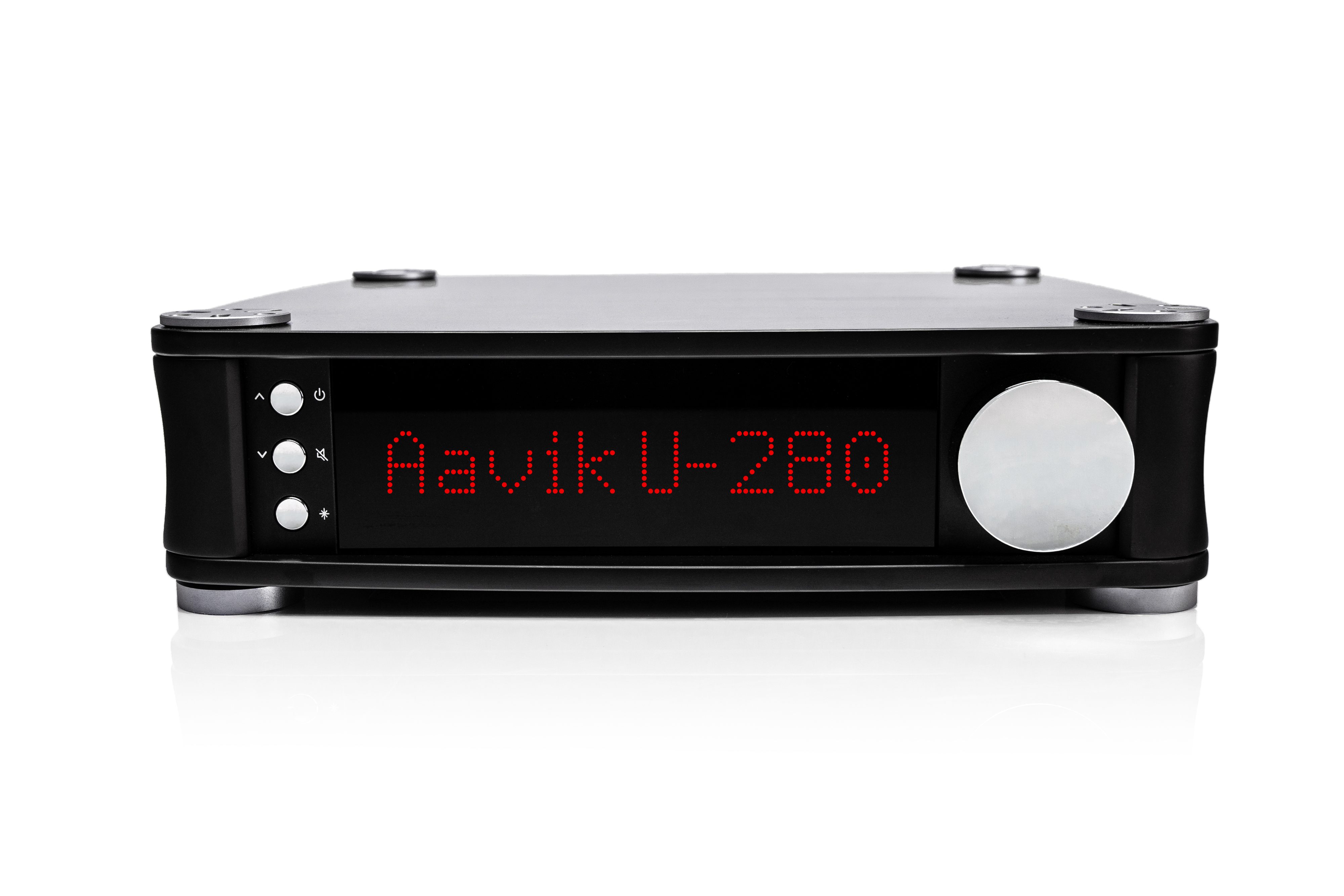
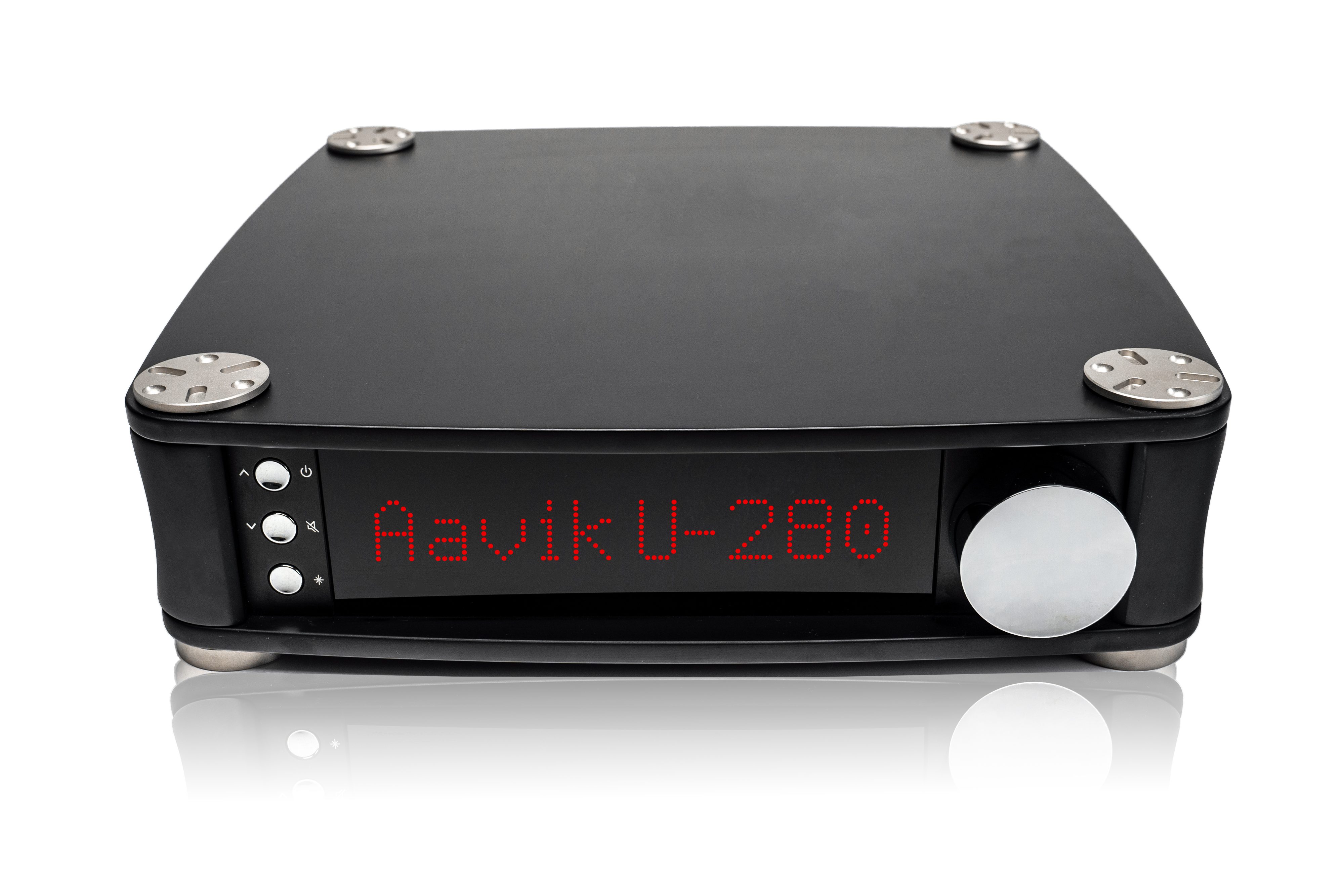
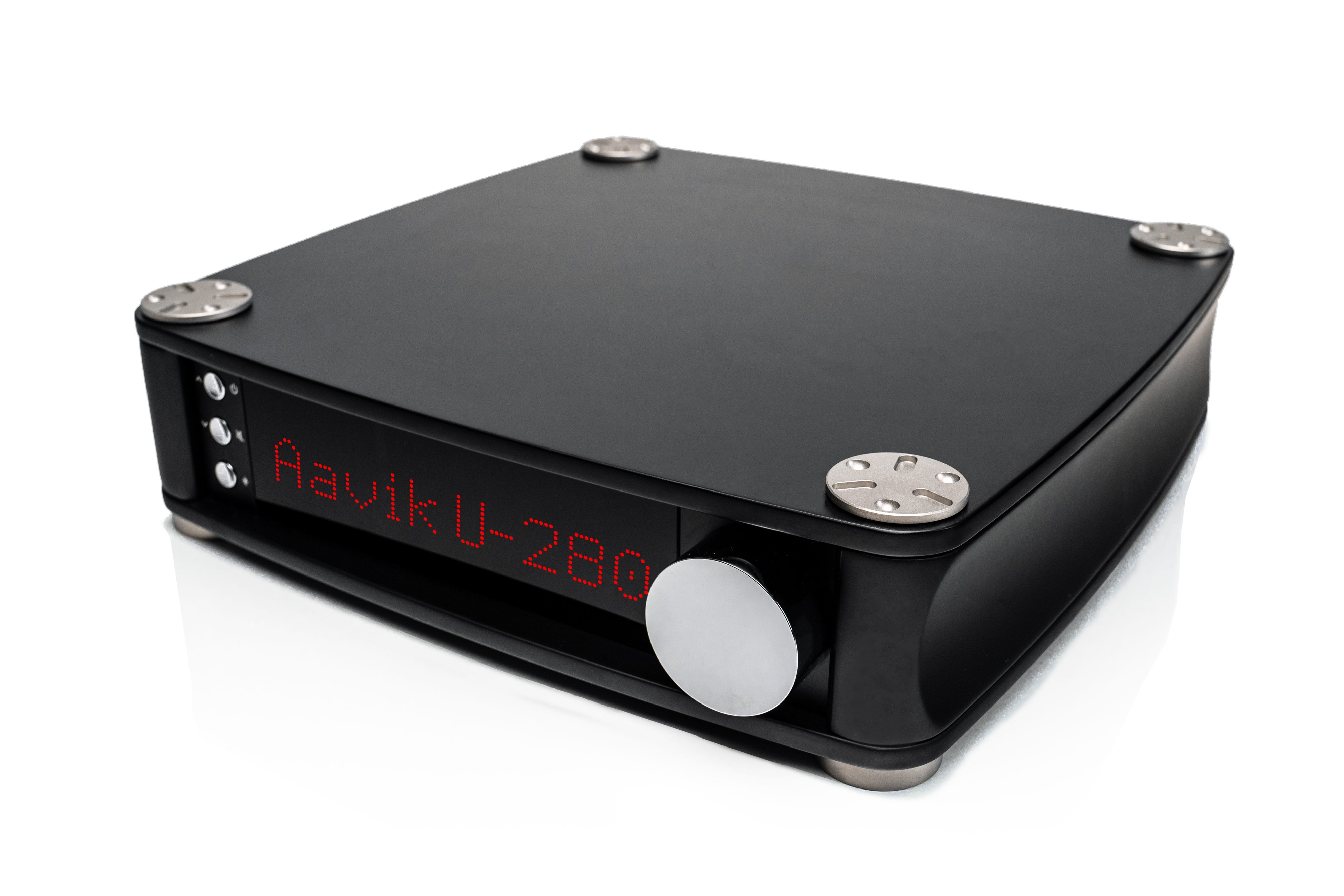

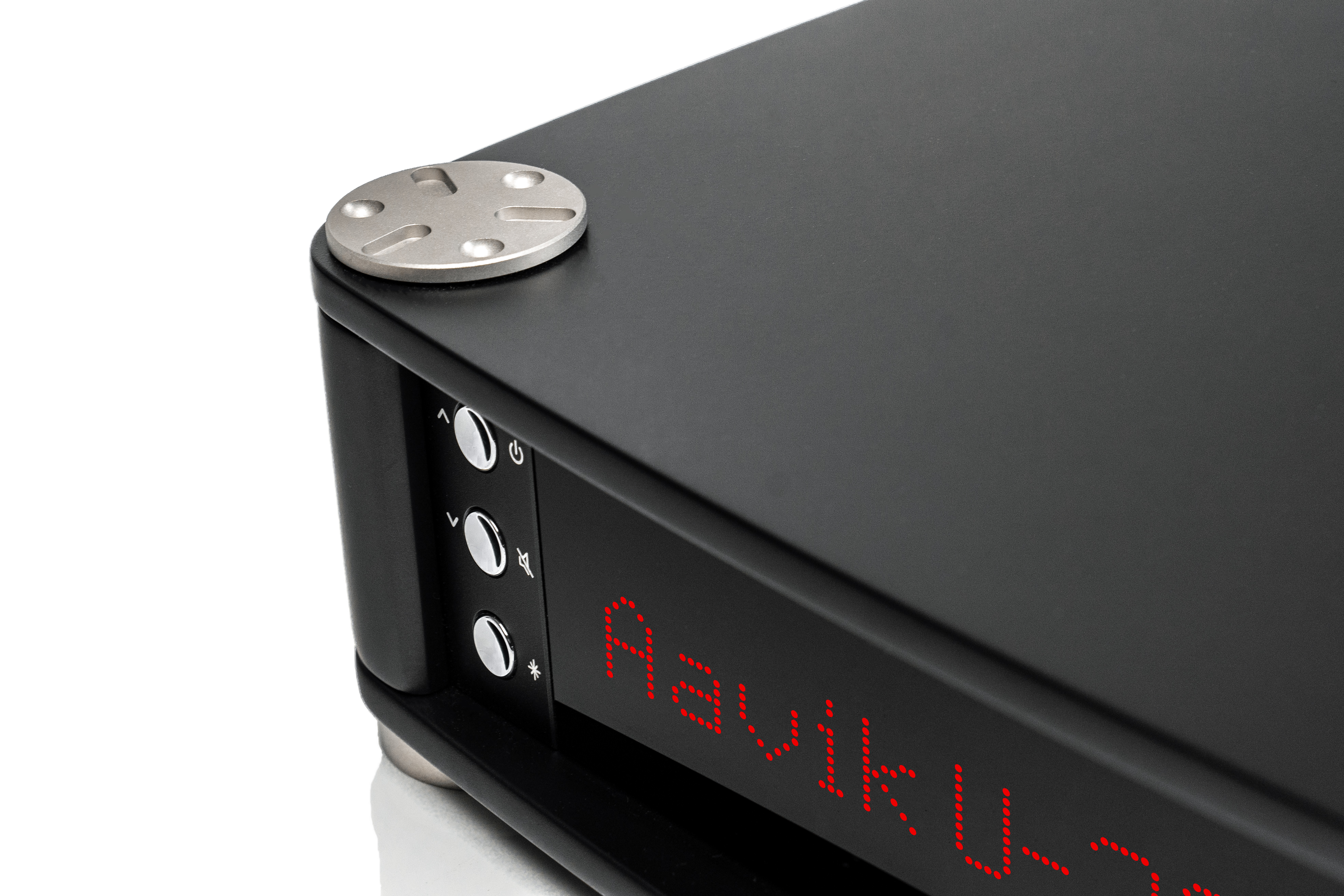
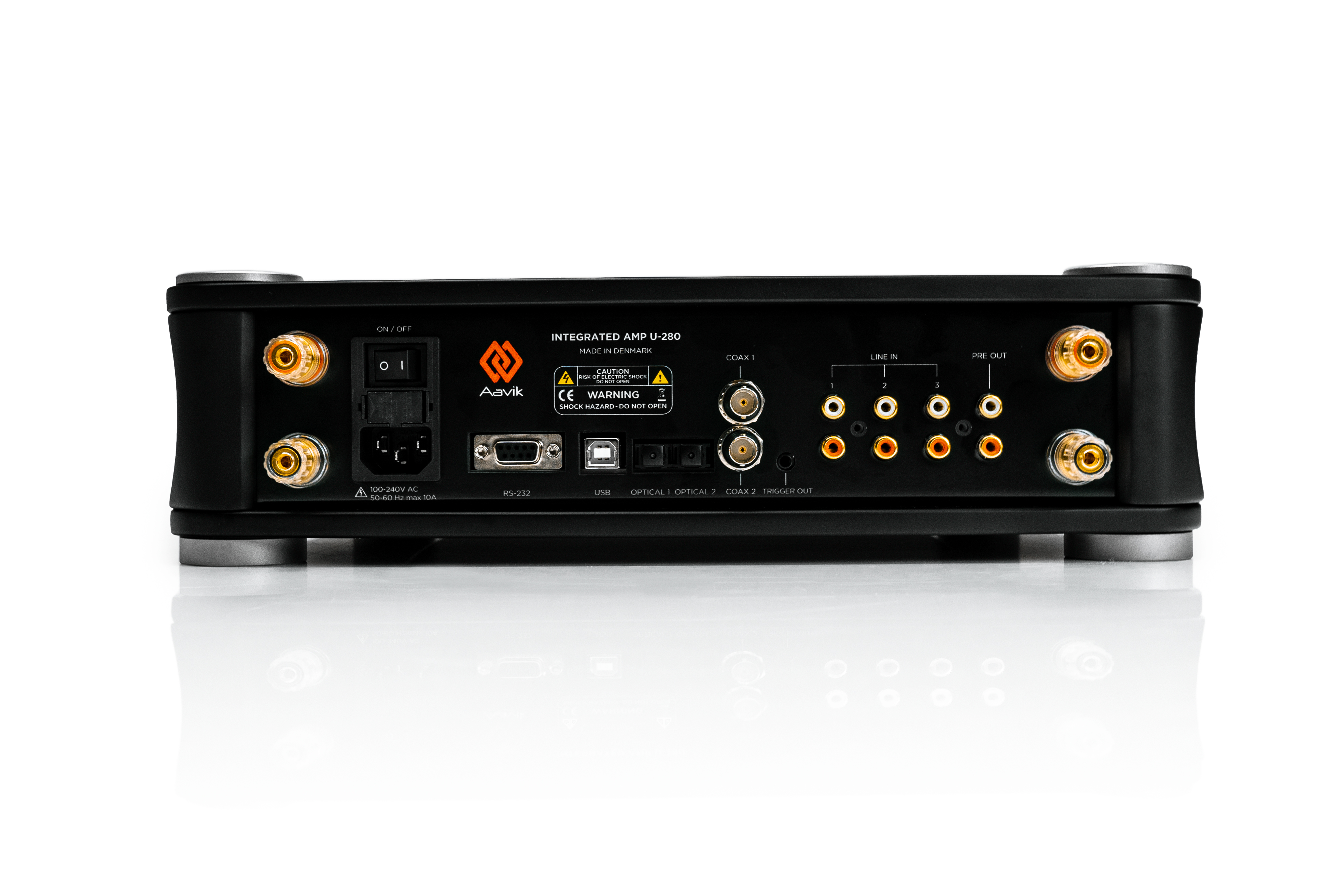

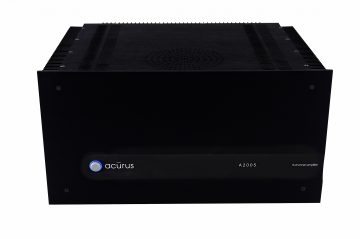
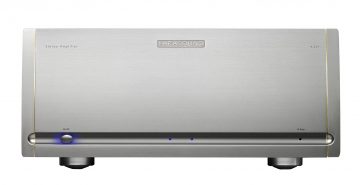
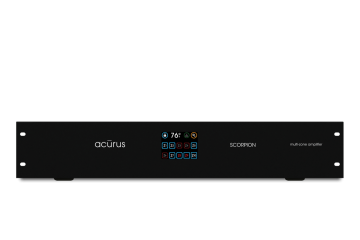
Reviews
There are no reviews yet.